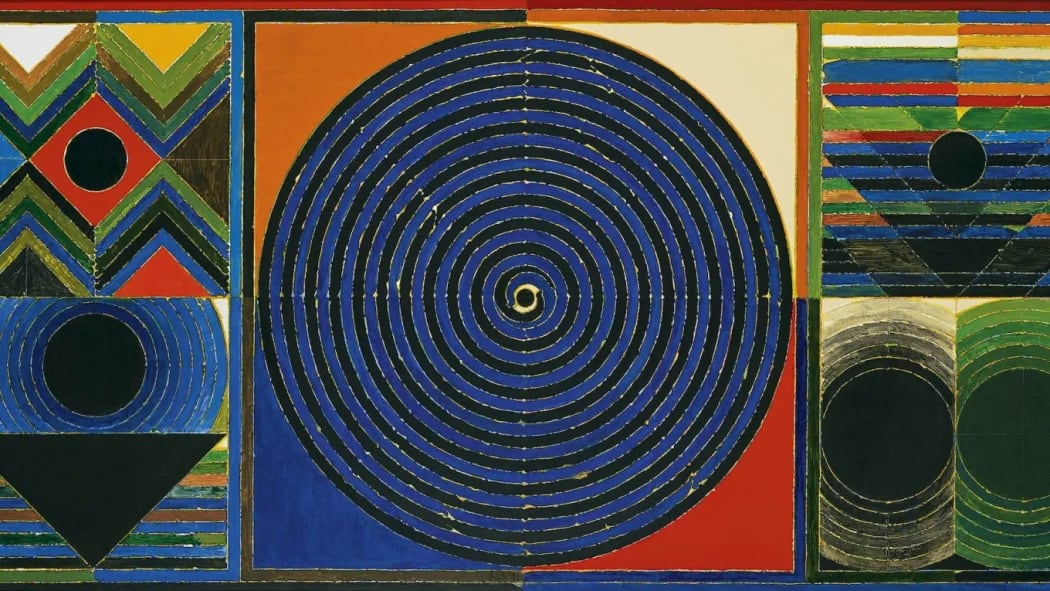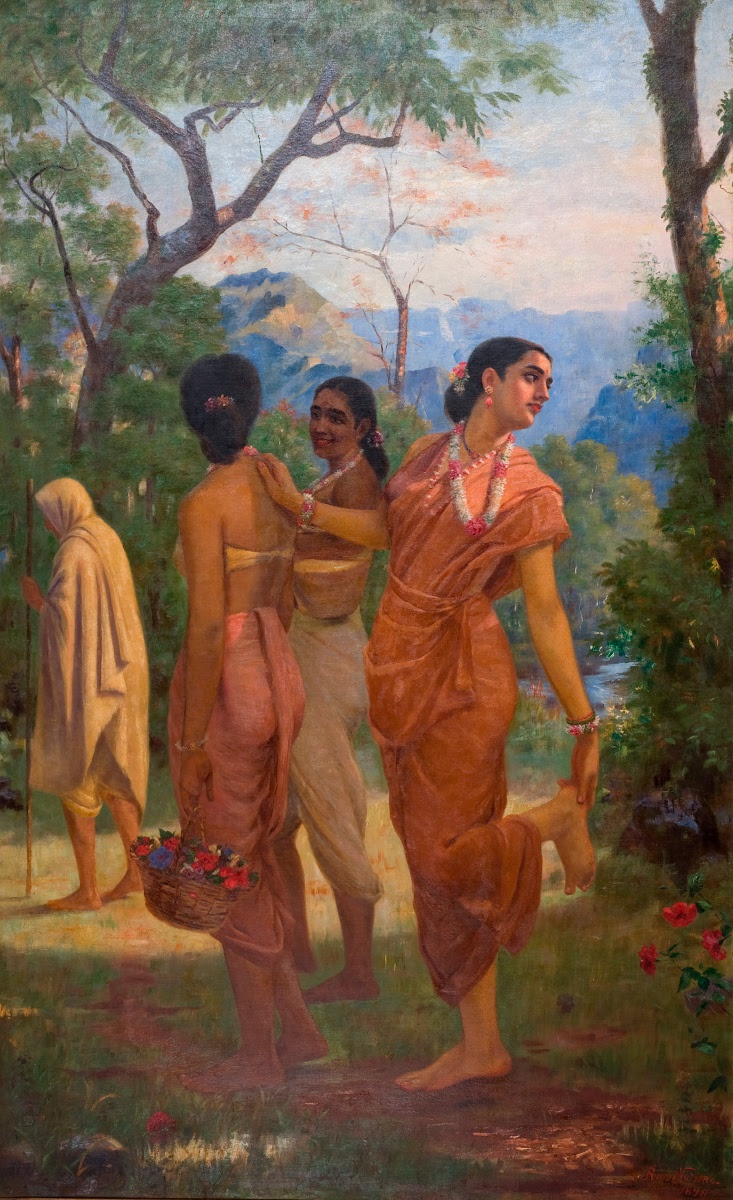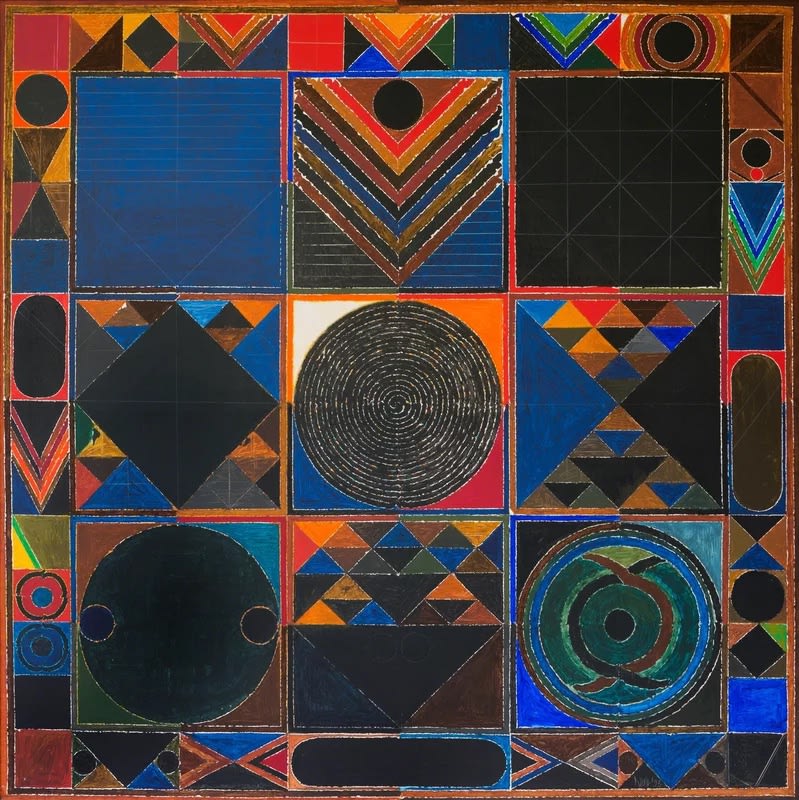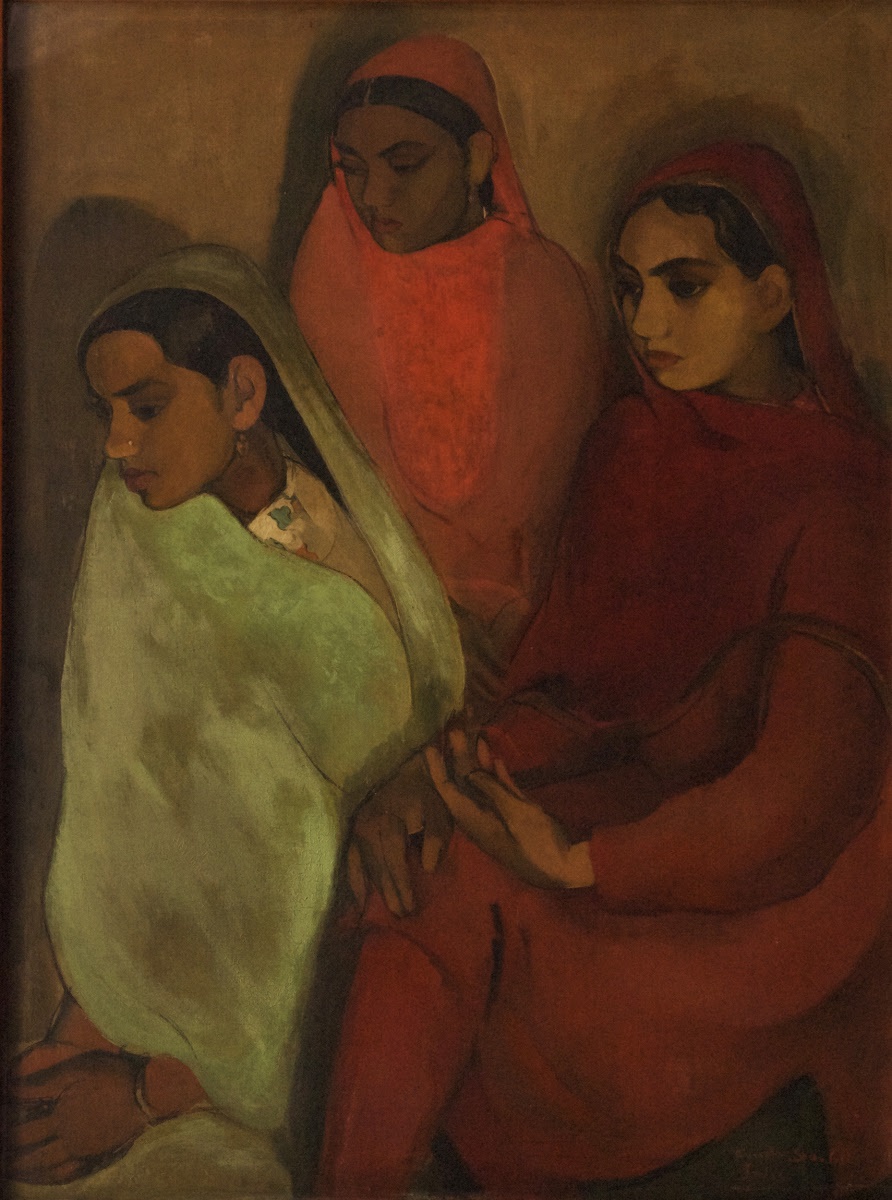
This article introduces the thriving market and growing global interest in Indian contemporary art. This concise article highlights five groundbreaking artists, showcasing the diversity and vibrancy of India's art scene. It's a must-read for anyone keen to explore the dynamic world of Indian art.
Raja Ravi Varma (1848-1906)
Considered India's most iconic artist, Varma's detailed and realistic portrayals of Hindu deities and mythology remain deeply loved. His talent blossomed early and was nurtured by his supportive uncle who recognized his passion, and provided him with rudimentary lessons in painting. At just 14, he caught the eye of the Maharaja of Travancore, who became his patron and facilitated his artistic development.

He largely honed his skills independently, studying anatomy and perspective from books and observing traditional Indian miniature paintings and European prints. This self-taught approach fostered his remarkable originality and adaptability. His thirst for knowledge led him to seek distinct techniques. He embarked on a pivotal journey to Europe in 1873, immersing himself in the Italian Renaissance and academic realism.

Raja Ravi Varma, Expectation, 1893, Private Collection
In 1894, Varma's collaboration with American lithographer Fritz Schleicher to reproduce his paintings ignited controversy. Hindu conservatives raised concerns about the accessibility of sacred depictions for mass consumption. This episode highlights the complex cultural climate in which Varma navigated his artistic expression.

Raja Ravi Varma, Indrajit Presenting To His Father Ravana The Trophies Of His Conquest Of Swarga, 1905, Raja Ravi Varma Heritage Foundation, Bengaluru
The Ravi Varma Fine Art Lithographic Press was established in Bombay (now Mumbai) and commenced operations in 1894. Many of Ravi Varma's paintings were printed as chromolithographs at this Press. These chromolithographs would have a tremendous impact on religion, society and aesthetics.
Sayed Haider Raza (1922-2016)
Renowned for his vibrant geometric canvases and profound connection to spirituality, Raza is one of the founding members of the Progressive Artists' Group. His abstract geometric painting, often inspired by his childhood memories and Hindu philosophy, are vibrant and meditative.

Sayed Haider Raza, Universe, 1993, Museum of Art and Photography, Bengalore
Growing up in the lush forests of Madhya Pradesh, India, he found inspiration in the vibrant flora and fauna surrounding him. He was already making charcoal sketches by the age of 12, and thereby displaying an innate talent for capturing the essence of his surroundings.
In 1950, Raza received a scholarship to study at the École Nationale Supérieure des Beaux-Arts in Paris. This pivotal moment marked a turning point in his artistic journey, which exposed him to the burgeoning avant-garde movement and the works of leading artists like Picasso and Braque.

Sayed Haider Raza, Soleil Noir, 2007, Bronze, Private collection
In the 1970s, Raza's artistic vocabulary underwent a transformation. He returned to his Indian roots, seeking inspiration in ancient philosophies and symbolism. The "bindu," a Sanskrit word signifying the primordial point of creation, became his signature motif, appearing in countless paintings as a radiant circle symbolizing cosmic energy and spiritual awakening.
Raza's artistic legacy extends beyond his paintings. He established the Raza Foundation in Delhi, fostering the growth of young artists and nurturing the Indian art scene. His dedication to education and mentorship further solidified his commitment to shaping the future of Indian art.
Amrita Sher-Gil (1913-1941)

Amrita Sher-Gil, Three Girls, 1935, National Gallery of Modern Art, New Delhi

Amrita Sher-Gil, Bride's Toilet, 1937, National Gallery of Modern Art, New Delhi
Maqbool Fida Husain (1915-2011)

Maqbool Fida Husain, Hindu Triad, 2008-2011, Collection of Usha Mittal

Maqbool Fida Husain, My Childhood in Indore, 1981, Private Collection
Tyeb Mehta (1925-2009)
While his early works depicted the harrowing reality of Partition, Mehta later transcended its immediacy. The "Falling Bird" series, for instance, symbolized a universal concept of existential vulnerability, resonating beyond the context of his personal experience.

Mehta's signature use of the diagonal composition wasn't just an artistic choice. He discovered its potential while visiting a temple in Goa, where the sunlight falling across the courtyard created a diagonally divided space. This inspired him to explore the dynamic tension and sense of movement it evoked.

Wrapping up our artistic journey, we've dipped into the palettes of Varma, Sher-Gil, Raza, Husain, and Mehta—masters who've sketched India's story onto the global canvas. Keen on adding a splash of their genius to your walls or just curious to learn more? Reach out to us. We’re here to color in the details.